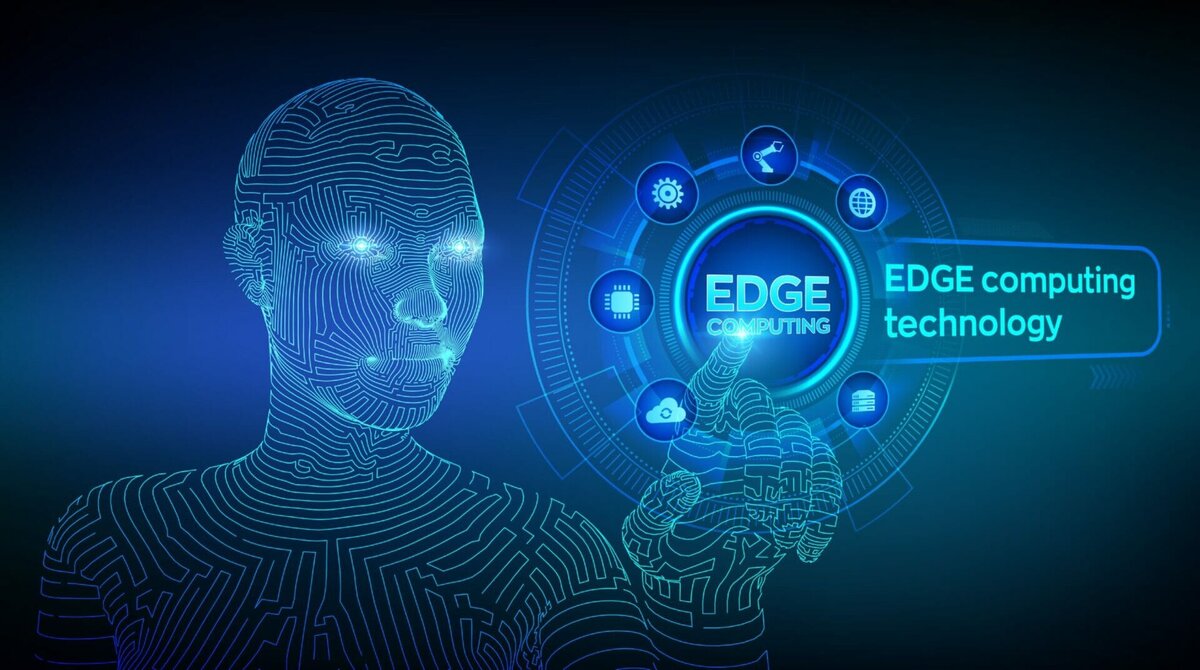By Greg Hookings, Head of Business Development – Digitalisation, Stratus Technologies
It seems like we’ve just mastered cloud technology, and now the industry has moved on to the next big thing: edge computing. What makes edge so different from the cloud, and why do we need it? Cloud computing is excellent for storing data that doesn’t need to be immediately analysed or accessed. But data that requires real-time processing for improved productivity and operating efficiencies needs to reside closer to the “edge” of the network, where the work is taking place. Edge devices are deployed outside of the typical controlled environments of data centers to provide that real-time processing and deliver results faster.
In simple terms, edge computing enables data and analytics gathering to occur at the source of the data, by pushing computing applications, data and services away from centralised locations to the logical extreme of the network. This is generally agreed upon as the process of edge computing, but the approach and purpose of how to deploy edge devices is where industry experts differ. The Open Fog Consortium defines edge computing as placing data and data-intensive applications at the edge to reduce the volume and distance that data must be moved. The Linux Foundation takes a different approach, defining edge computing as a means to improve the performance, operating cost and reliability of applications and services. To build on that, they say by shortening the distance between devices and the cloud resources that serve them, and also reducing network hops, edge computing mitigates the latency and bandwidth constraints of today’s Internet, ushering in new classes of applications.
Even if the industry agrees on the basics of edge computing, competing definitions are being used to explain the different capabilities and expectations of this technology. As the edge computing market gains traction, there will be greater recognition of its potential across various sectors. There is no one-size-fits-all approach, and not all uses will be applicable to industrial environments. Here are the three questions you must consider when defining what the “edge” means for industrial environments:
- Is data connectivity a requirement for edge devices?
Most edge computing definitions assume data connectivity is involved, but this is not necessarily true in industrial environments. Although a certain level of connectivity is required to deliver the level of service these settings require, these terms are not mutually exclusive. A very high ratio of the environments defined as edge are not connected, or at best are intermittently connected via slow network links. This is the case in many industrial sites, like oil and gas rigs, food and beverage manufacturing facilities and wastewater treatment plants. The required infrastructure and extra risk of cyber threats is a major obstacle in taking the step toward connectivity. Additionally, many of these sites use legacy systems and are not equipped to scale their old data storage infrastructure to be compatible with the edge network. It’s reasonable to expect that for some time there may be plenty of sites that will not be connected with high fidelity networking. This raises the question: are compute resources deployed at edge sites that are not connected truly “edge” computing? In the current industrial landscape, the capabilities of edge technology do not require high fidelity connectivity to perform their services. In the future, data connectivity may play more of a role in defining edge computing and the expectations of data collection and processing.
- How much data will need to be processed and stored, and where?
There is still an unknown aspect as to what types of data and how much of it will live at the edge, which creates more questions than answers on the data and storage side of the equation. The amount of data that needs to be stored will vary based on the level of connectivity, the level of regulatory or compliance needs and the level of real-time applications. Industrial companies are still familiarising themselves with the capabilities of edge, and exploring how to upgrade their legacy data storage infrastructure. But there’s no mistaking that the adoption will occur, with so many benefits for real-time processing, decreasing latency and cost benefits. By 2022, Gartner estimates that 75 percent of data is going to be created and processed at the edge. That’s a lot of data, but this estimate is reliant upon companies migrating to edge technologies and gathering and processing more data than they have historically. In short, there will be data at the edge, but questions remain in terms of scale and what types of data.
- How can you create a secure and autonomous edge computing experience?
There is one big hole in cloud-driven edge examples. Current edge definitions assume the application is created in the cloud and then deployed to the edge to run on the edge device. This approach aligns with cloud computing, but edge devices require a different management system than a cloud data center. As many edge devices are usually installed on-site at industrial locations, they require another level of security, as do the devices they interact with. The edge device also needs to be able to handle the environmental requirements of its location, and be able to change scaling parameters for different requests. Edge devices are meant to alleviate some of the stress on data centers, serving as a real-time processor between a physical industrial location and the cloud. This all requires higher levels of maintainability, serviceability, failure protection and security than the traditional system of sending data to be stored directly in a secure data center.
There are many applications for edge computing in industrial environments, but questions of scalability, processing power, security and data connectivity mean there is no one way to define an edge network. As the technology evolves and use cases are developed for more industries, edge devices will be used in even more varied ways, and definitions will continue to evolve to encapsulate all of the applications for edge.





